There is a Hue countryside in Lam Dong land
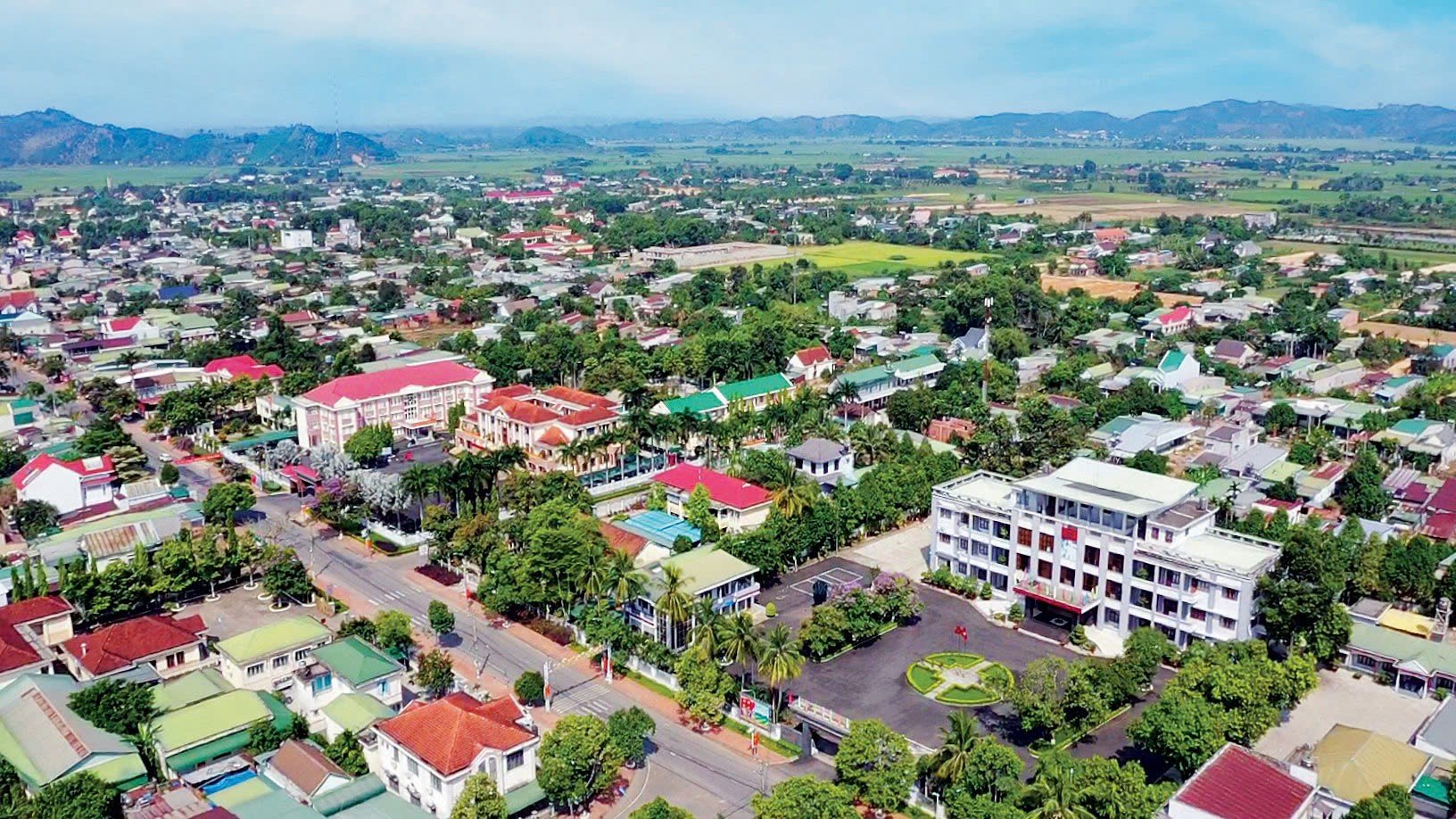 |
| The wild mountains and forests are now fertile countryside. |
Part 1: The arduous steps of pioneering the land
In early October 1977, the Hue City Party Committee decided to establish a youth shock force. The Party Committee assigned the City Youth Union to mobilize enthusiastic young people to register to join the force and after only a few weeks, 1,800 people had registered and were assigned to two regiments. They were young men and women in their eighteens and twenties, born in the city and unfamiliar with machetes and hoes, but their youthful will and determination turned them into people who created miracles.
Among the many successes of the two youth shock regiments of Hue City at one time, there was the clearing of wild forests, opening roads, establishing the new economic zone of Huong Lam, welcoming 3,000 households of Hue City to settle down along the Dong Nai River in the middle of the majestic Southern Central Highlands...
Chatting with me on a beautiful sunny morning in the new countryside of Da Lay of Hue people, Mr. Do Duc Du - Head of the Hue City Youth Volunteer Liaison Committee in Lam Dong and his comrades sadly recalled the days when every moment was deeply imprinted in their memories. The years were extremely difficult, with countless challenges and dangers, but in the hearts of the young people of Hue City at that time, only Uncle Ho's teachings to the youth volunteer force echoed: "Nothing is difficult/ Only fear that the heart is not steadfast/ Digging mountains and filling the sea/ With determination, it will be done!".
Mr. Du and everyone recalled: At 8:00 a.m. on December 15, 1977, at the Thai Hoa Palace yard in the Hue Imperial City, with the presence of the leaders of Binh Tri Thien province and Hue City, the Ho Chi Minh Communist Youth Union of Hue City solemnly held a military departure ceremony. Comrade Hoang Lanh - Provincial Party Committee member, City Party Committee Secretary presented the Victory Flag to Lieutenant Colonel Nguyen Thai Long - Head of the Command Board of the new economic zone of Huong Lam (Lam Dong) and saw off the two youth shock regiments leaving the beloved Hue City to head straight to the Central Highlands with the mission of pioneering, reclaiming land, and welcoming people to build a new economic zone in Zone 3 in Bao Loc district, south of Lam Dong province...
* * *
In the middle of the story, we looked towards Ma Oi slope, a place that will forever be imprinted in the hearts of the children of Hue at that time. Ma Oi is the name of a not-so-high but very long slope, blocking the boundary between the Bao Loc District Zone 3 farm and the new economic zone of Huong Lam. This hill used to be the 167 high point, and it was named Ma Oi since the end of 1977, when the youth volunteer team, including more than 300 Hue girls, opened the road, climbed over the top of the slope to clear the forest, reclaim the land, and build houses to prepare to welcome the people of Hue to build a new homeland.
At that time, it was still raining heavily, the slope was steep, the road was muddy, climbing up and then sliding down. Tired and hungry, seeing a vast area of bamboo, reeds and primeval forests with many wild animals, snakes, centipedes, slugs, many young girls could not help but sob and exclaim "Oh mother!". The sound "Oh mother" at that time was almost a cry for help. To remember forever those early days of opening the road, clearing the fields full of hardship, the people of Hue here have kept the name of the slope until now, becoming a "special" place name of the Ancient Capital in the middle of the distant, windy and sunny highlands...
From the impression of the name Ma Oi slope, we sat together to collect memories of those days, the cold winter days of 1977. The story is, after completing the construction of the new economic zone of Buon Ho (Dak Lak) with more than 5,000 compatriots and comrades, Nguyen Thai Long - Lieutenant Colonel, Political Commissar of the City Team, Standing Member of the Hue City Party Committee was ordered with Nguyen Cuu Su, Nguyen Van Huu and Trinh Hung Cuong and a group of youth volunteers to survey the southern area of Lam Dong province, bordering Dong Nai province, to prepare to bring people to build the fifth new economic zone of Hue City in the southern provinces.
After days of hard searching through the jungle, on November 29, 1977, the survey team arrived at Zone 3 (a place in the resistance war against the US), and here, the team met some local leaders such as Mr. Vu, Mr. Ba, Mr. Tam Bich, the leaders of the Lam Dong New Economic Committee. On the 1/25,000 scale map, Mr. Tam Bich circled a large area of about 40 square kilometers, and said: “The area where you comrades came to reclaim land was formerly a resistance base of Zone VI, this land has been soaked with the blood of many comrades and compatriots, and has a long tradition. Prosperity is due to the hands and minds of comrades and compatriots of Hue…”.
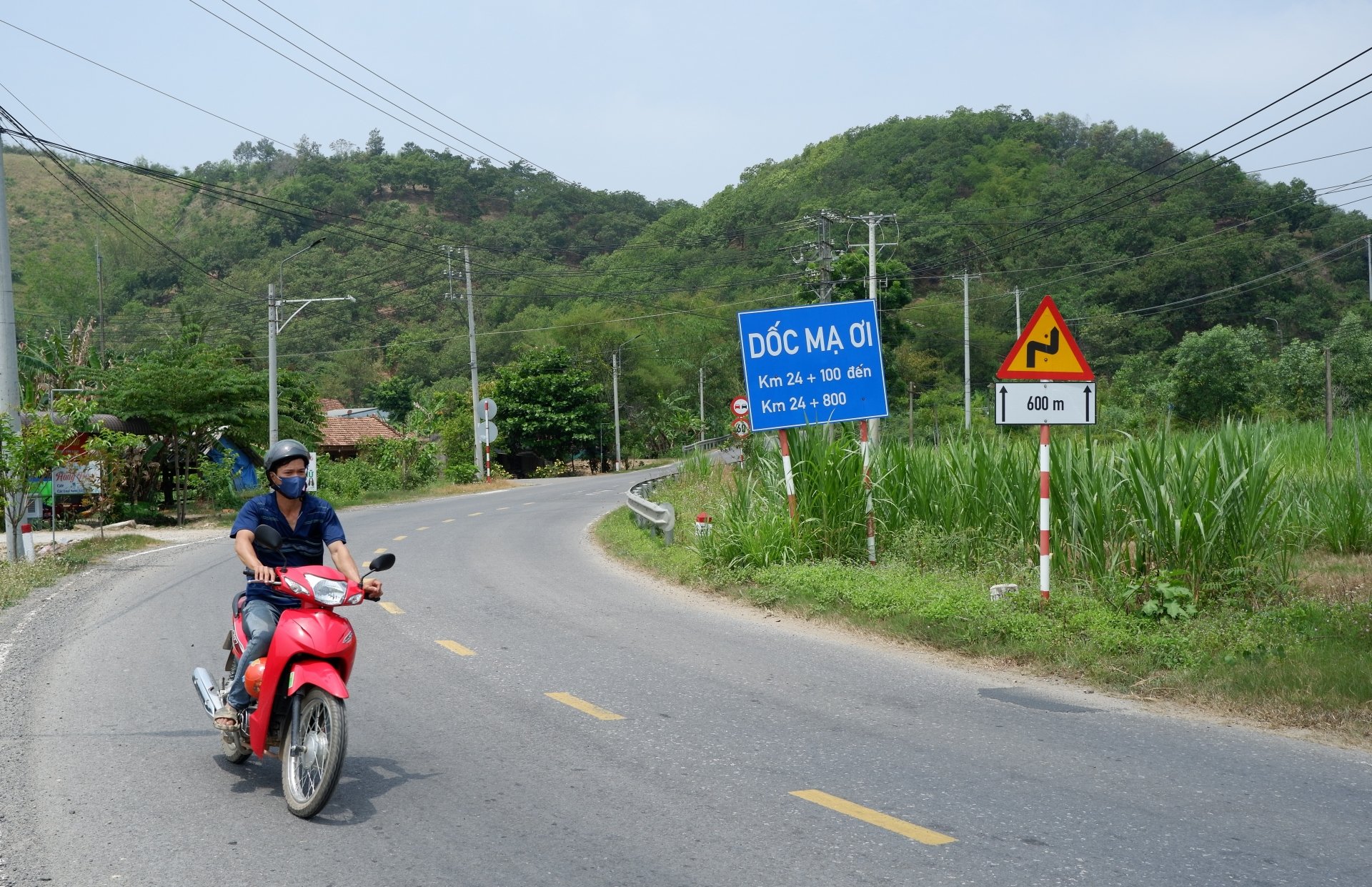 |
| The name of Ma Oi slope reminds us of a time of land opening. |
Just like that, the next morning, with compass in hand, the 7 brothers headed in the same direction, cutting the way to the strange land on the 40 square kilometer circle marked on the map the day before. Climbing a hill and looking around, Nguyen Thai Long happily exclaimed: “The neighboring province has given us such wonderful lands, comrades! Rice, a whole vast rice area is exposed before our eyes! What a plain in the middle of the plateau! So wonderful!”. Su, who was a careful person, after using a knife to dig 70-80 centimeters deep and still being able to dig up handfuls of black humus, then said confidently: “It will be a wonderful rice area!”.
Following the Da Lay stream, going deep into the mountainsides, the brothers suddenly encountered rows of sweet potatoes hidden in a dense area of cogon grass and thorny bamboo, but still yielding each tuber; old cassava roots with trunks as big as trees, collapsed tunnels and a few other items such as water canteens, machetes, rusty pots and pans. The traces appearing before their eyes were evidence of the indomitable, resilient spirit of a heroic resistance base. All those images sowed in the hearts of the survey cadres a stream of emotions, a spirit of steadfastness, trust and determination: Our army and people defeated the Americans on this land, so we will certainly also defeat poverty and backwardness!...
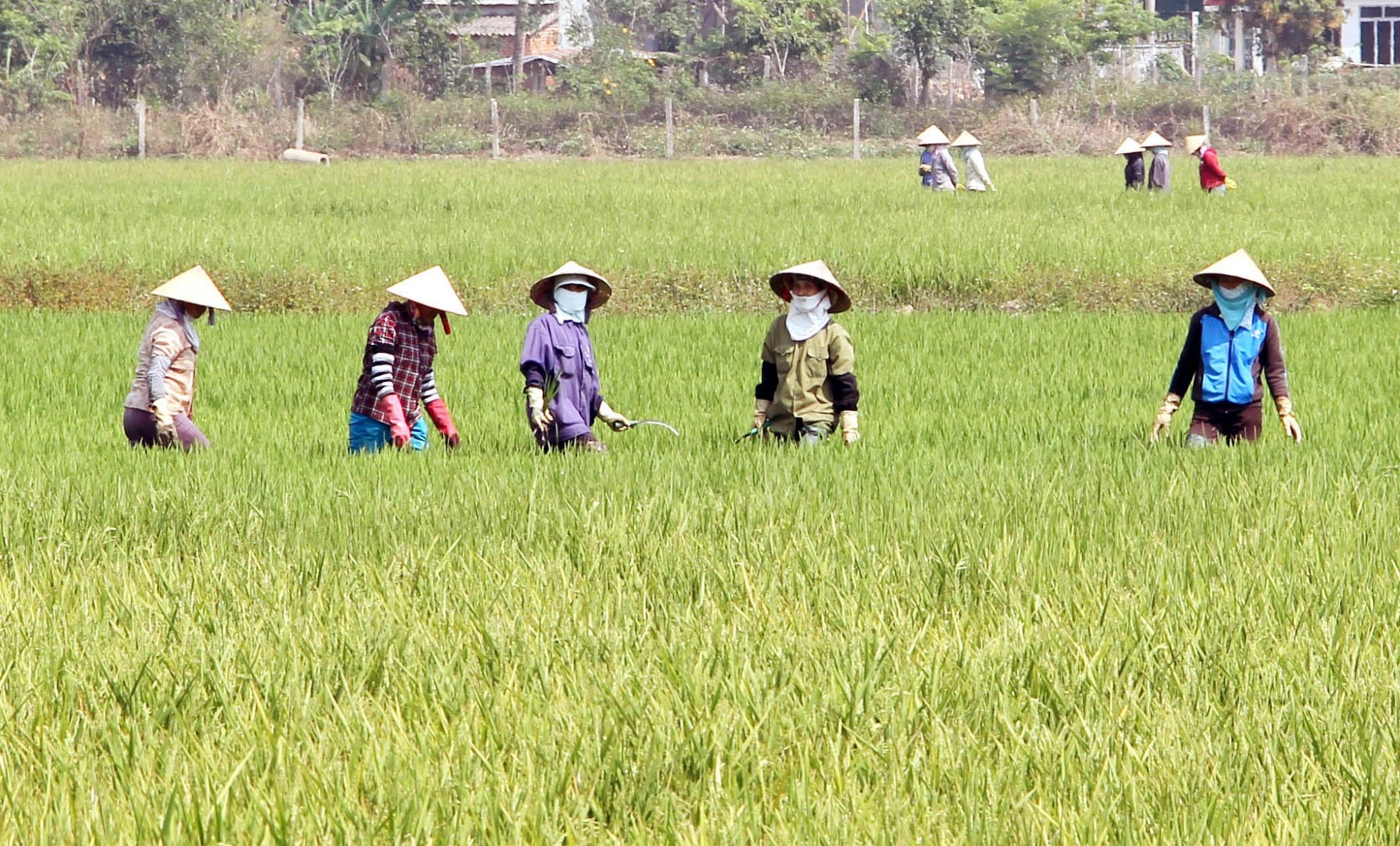 |
| Lush rice fields, where Hue's youth volunteers reclaimed land in the past |
Less than a month after the survey, on December 17, 1977, the Hue City Youth Volunteers began their march into the new land. Both youth volunteer regiments with nearly 1,800 members and youths, as soon as they arrived, put down their backpacks and immediately grabbed their knives to clear the forest, plan residential areas and fields. Priority must be given to the crops and fields. If there were no houses, temporary camps would be set up.
From dawn until dusk, everyone was out in the forest. They ate and slept in the field. Many companies even mobilized their units to clear the fields under the moonlight. Some young women who had just arrived, hearing the howling of gibbons and the roaring of tigers, hugged each other and cried, but gradually got used to it, felled trees, cleared the fields, cut grass, and built houses like men. The faint-hearted people living in the wilderness during those difficult days were often shaken in spirit, scared to the point of suffocation.
Mr. Du pondered: “Those last days of winter, the rain was pouring down, uncle! In the makeshift shelters, we were soaked like drowned rats. The night was dark and gloomy, many young girls' sobs mixed with the sound of rain and the singing of young men, resounding throughout the primeval forest. How pitiful, our comrades! The young men and women of the city were still studying, some had never held a knife or a machete; climbing mountains and wading streams, leeches and leeches biting, dyeing their hands and feet red with blood, flies and mosquitoes swarming like chaff, poisonous water, poisonous snakes, hunger, malaria tormenting, scabies all over the body. Our health was eroded every day, clumps of girls' hair fell out and drifted down the stream. Many people fell down while holding hoes and knives like Mr. Vo Yen The, Ms. Le Canh Thi Da Huong…”.
* * *
However, in the midst of countless harsh challenges, under the leadership of the Construction Site Command and the Party Cell, 1,800 young men and women of Hue city have gradually overcome difficulties and successfully completed their tasks. Not a single person gave up. Not a single person collapsed in the face of difficulties. All of them grew up in their work.
More than 500 hectares of old forests, bamboo, cogon grass, and reed grass were cleared and put into cultivation right after the land was prepared. I was really moved when I read the emotional lines about the Hue City youth volunteer group at that time in an article published in Lam Dong Newspaper in early Spring 1978 by veteran journalist Vu Thuoc: “When we arrived a year later, that generation of young men had already left. They came to new lands that were calling ahead. They happily devoted themselves and were proud to receive the task of opening roads and establishing villages for new homelands. They were ready to accept and overcome all the harsh challenges of the early days. Glory belongs to them - the pioneers!...”.
But not all the youth volunteers returned to Hue, many volunteered to stay and participate in building the local government and departments. Responding to the call of Lam Dong province, to have a core to contribute to building and shaping the government apparatus and departments in the new countryside, more than 40 cadres and youth volunteers of Hue City volunteered to leave the city life to stay in the sunny and windy Southern Central Highlands, to stay with the people of Hue, leaving their homeland to settle far away in the new land. Many of them later became key cadres of Da Teh, Da Huoai districts and Lam Dong province...
(TO BE CONTINUED)
Part 2: Early settlement
Source: https://baolamdong.vn/van-hoa-nghe-thuat/202505/co-mot-mien-que-hue-tren-dat-lam-dongky-1-0bc55b8/






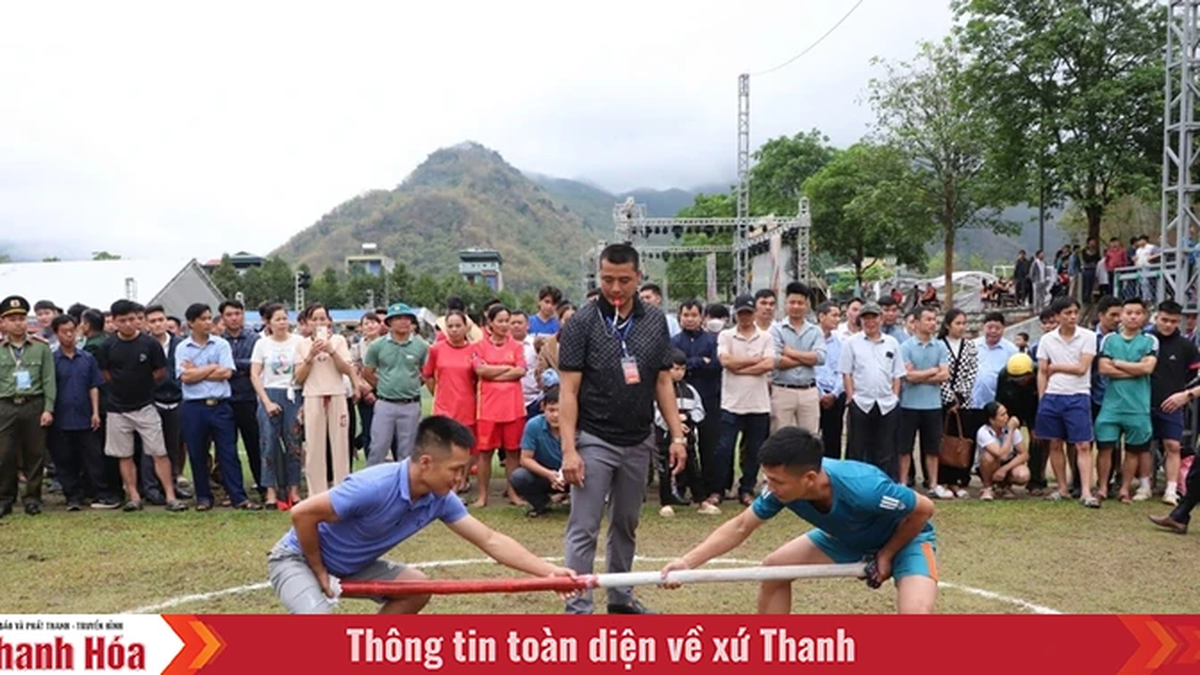

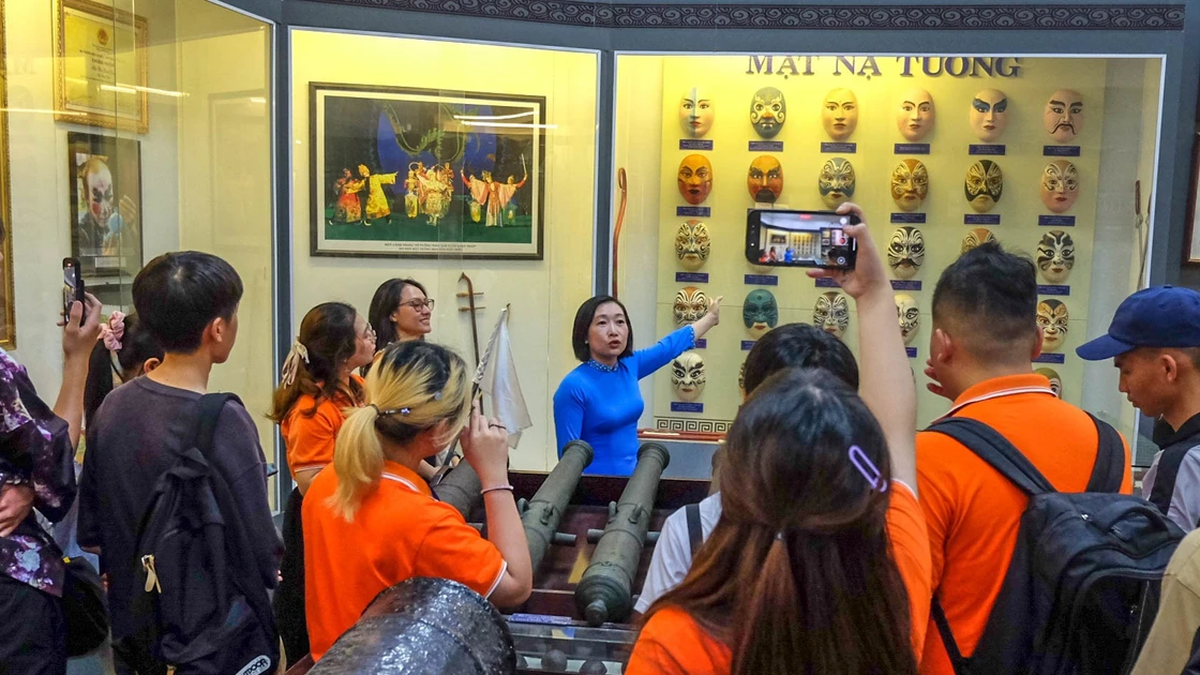
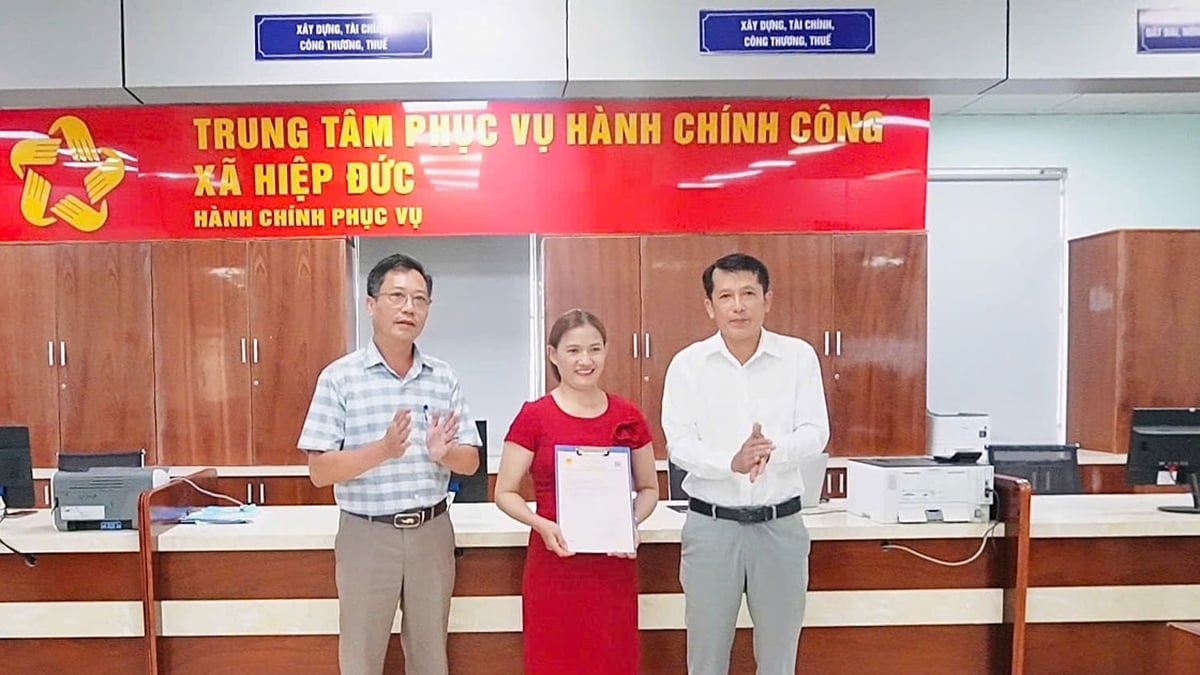

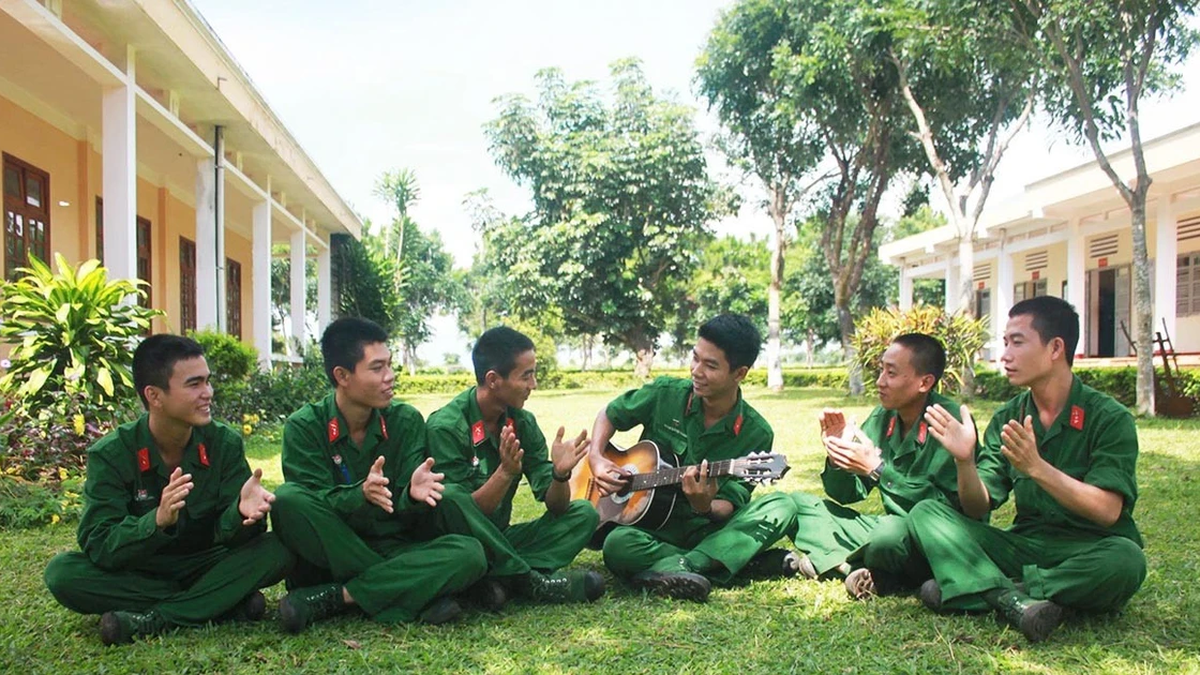










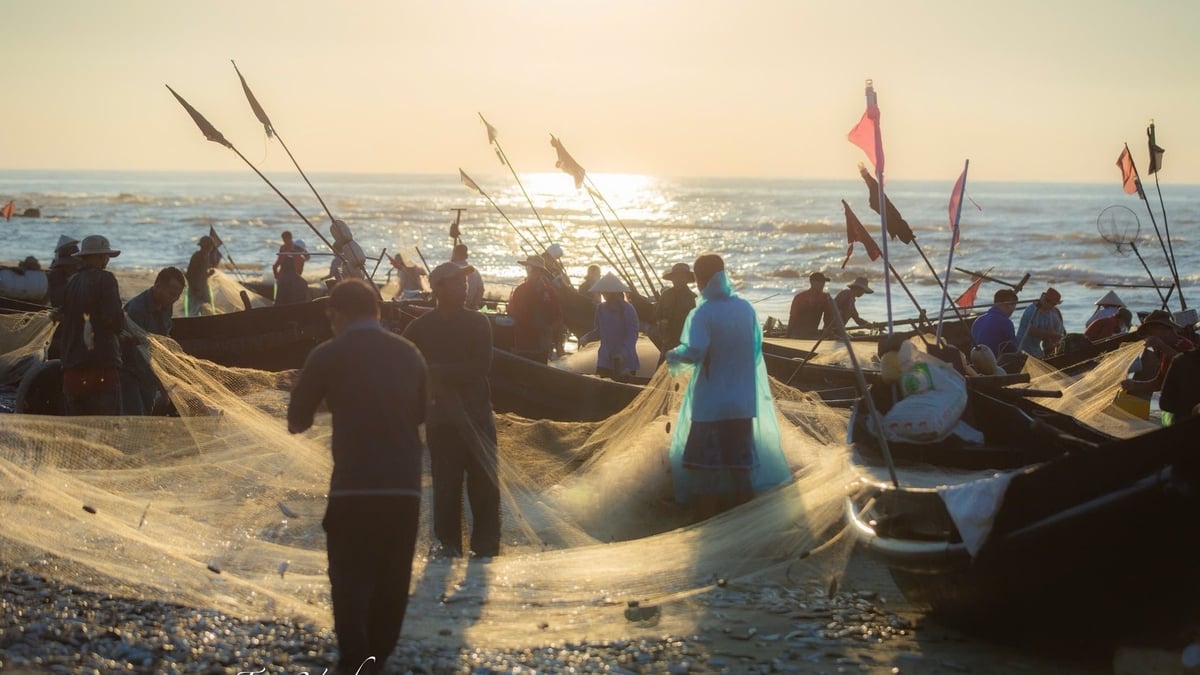


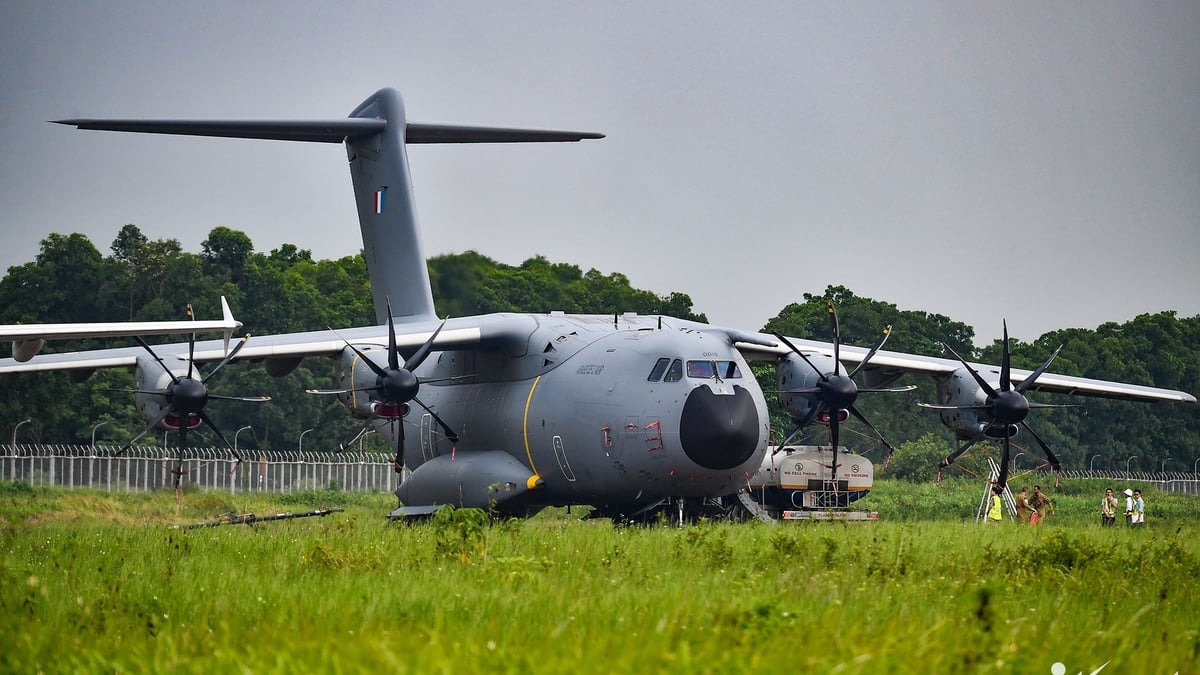
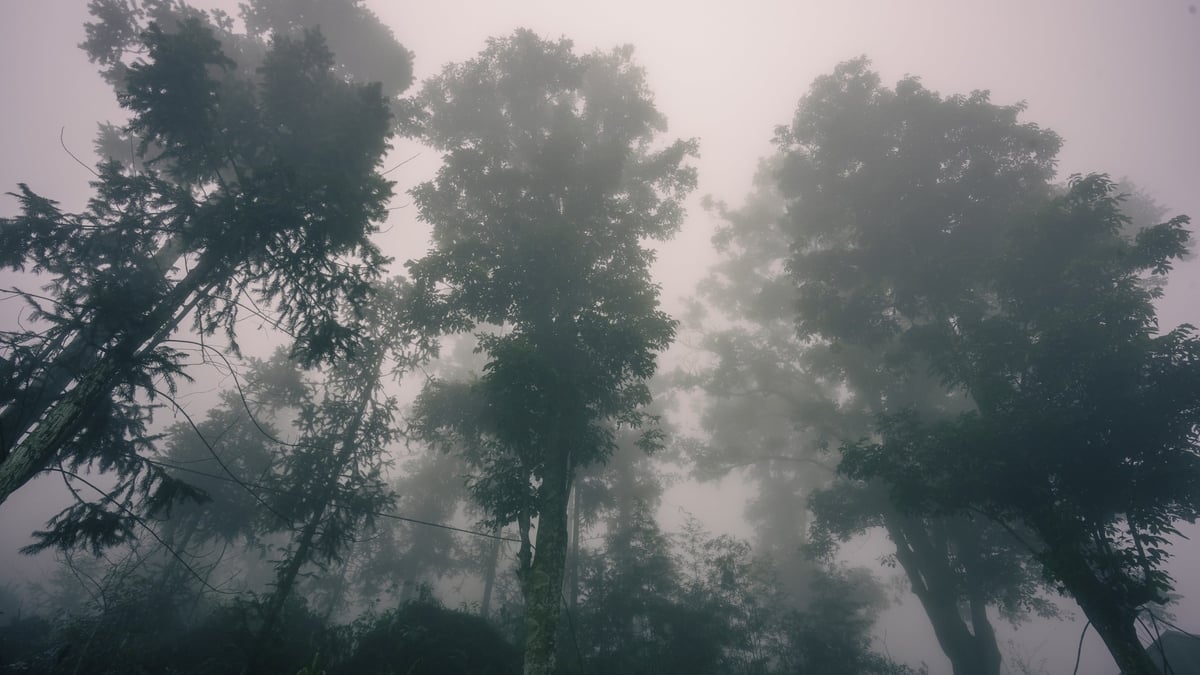



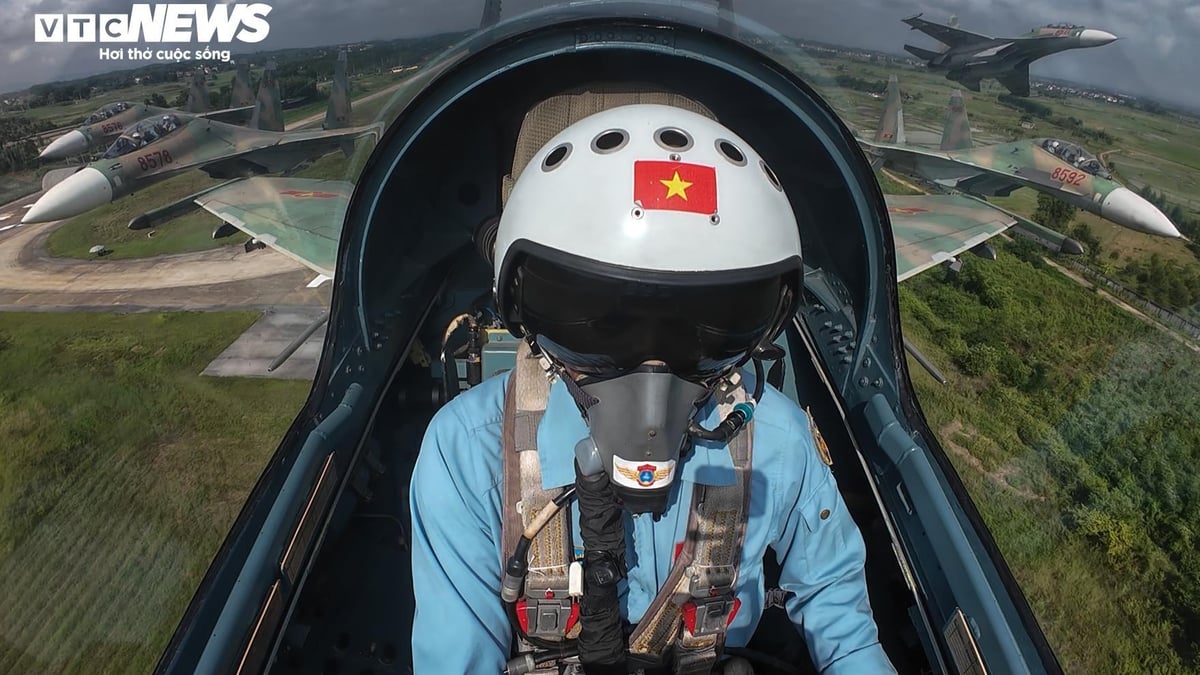
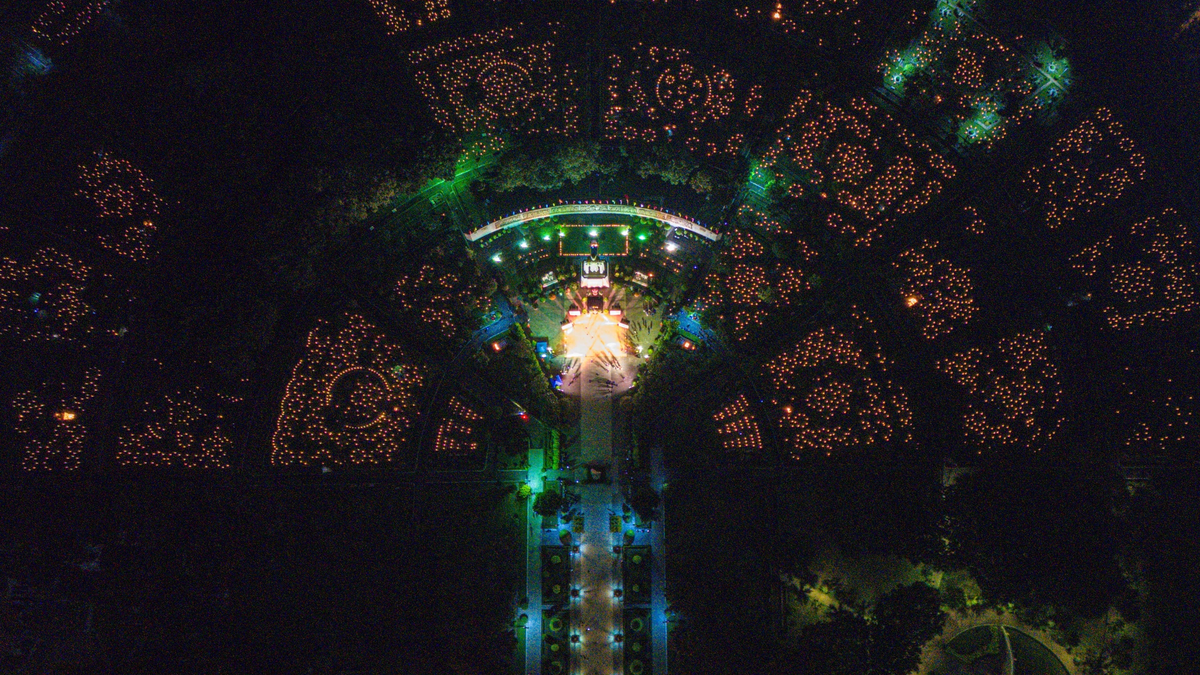


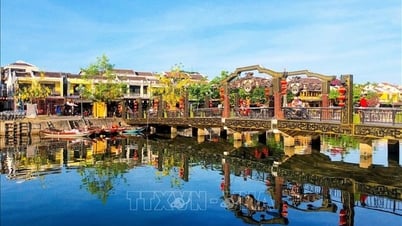

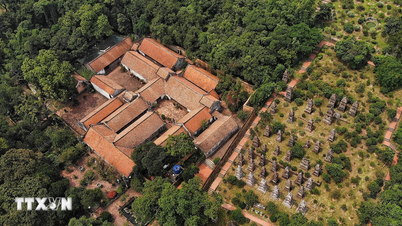



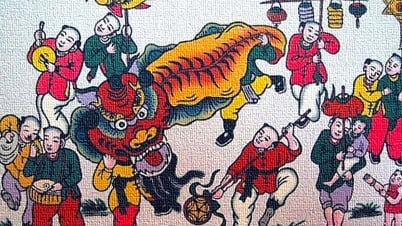

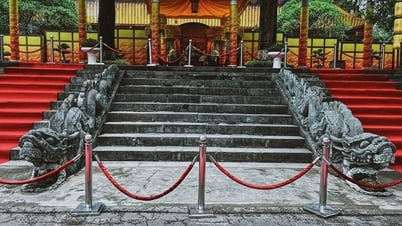



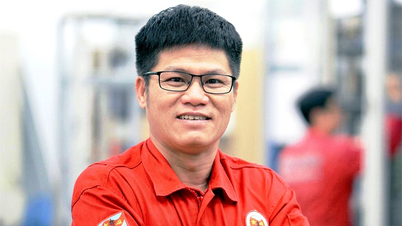



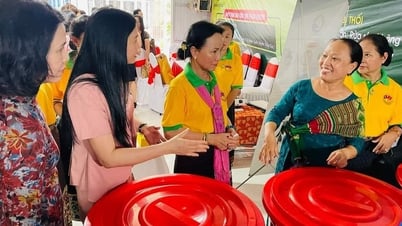

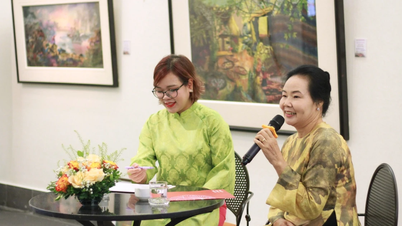
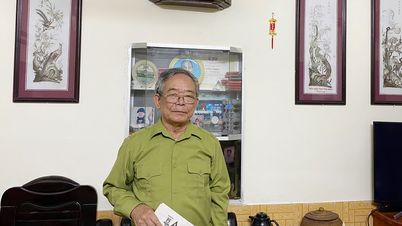

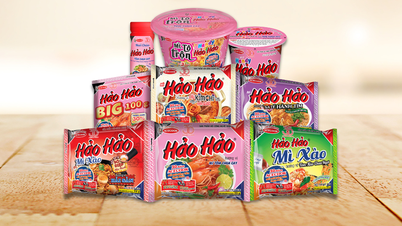





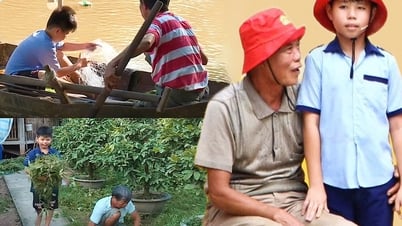
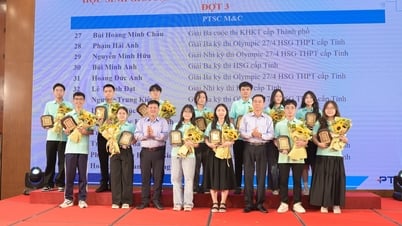






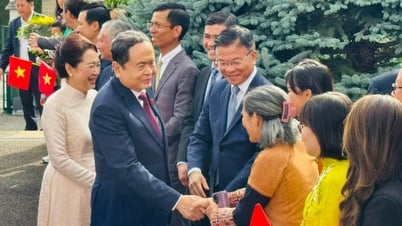
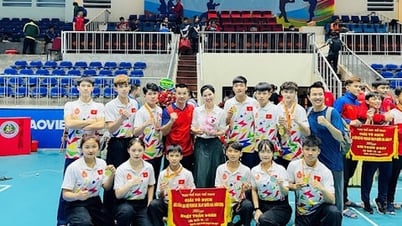

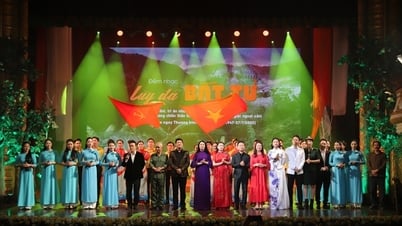
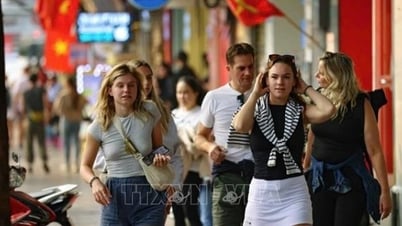
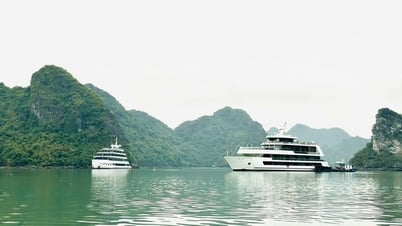

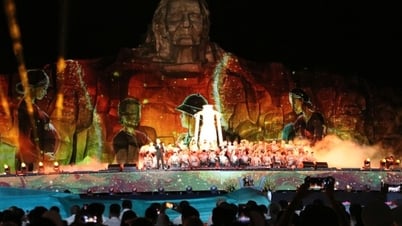


















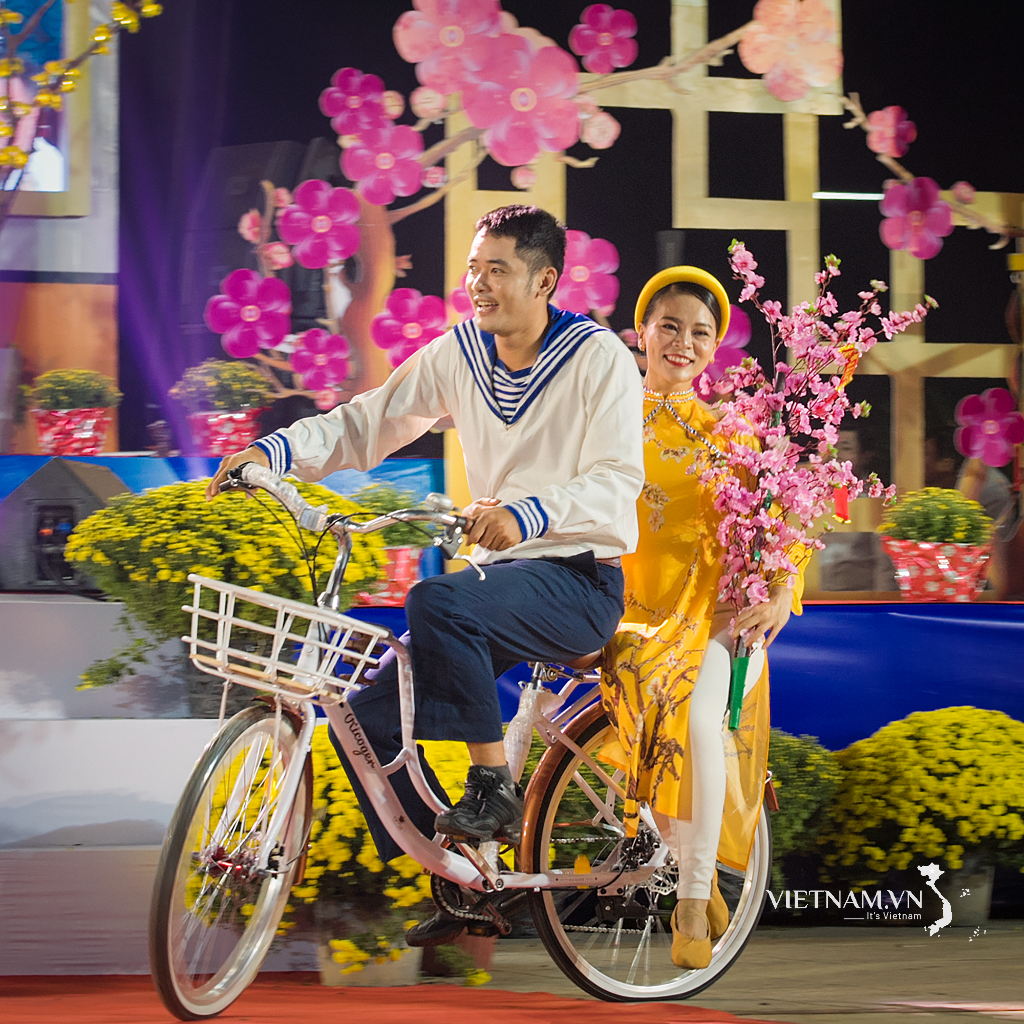



Comment (0)